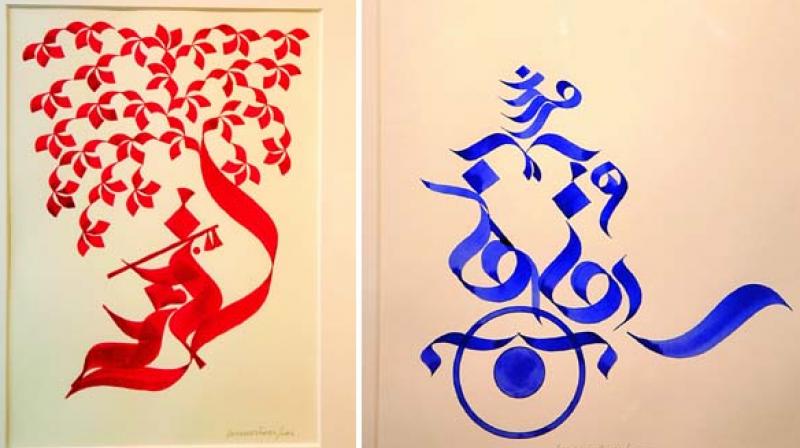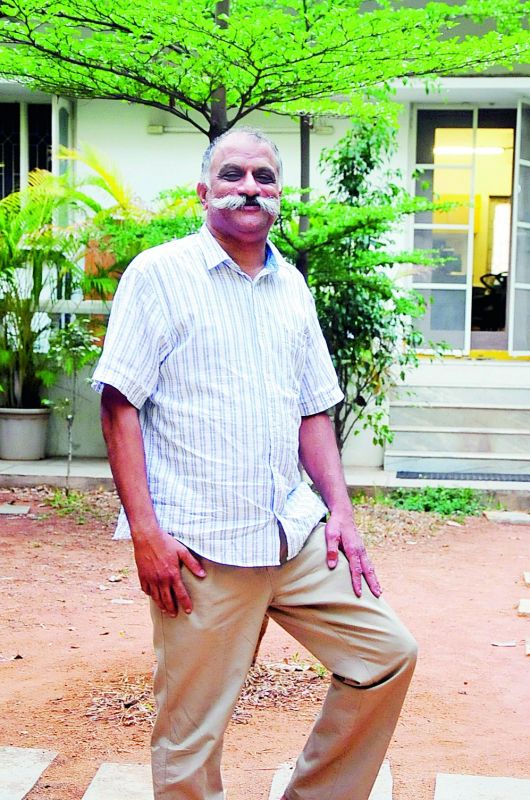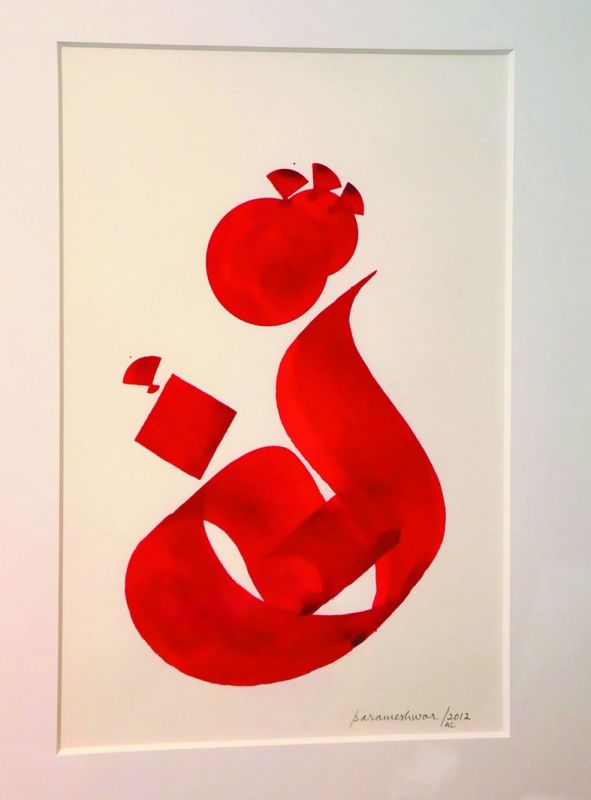A script in time

Parameshwar is well known for his works which were initially inspired by the Devanagri script. Gradually, he has been able to modify the basic and core concepts of the script into a personalised style which is not only unique but is also crisp and full of life. The set of works presently on display at Kalaachakra, bring forth the artist’s unsurpassable prowess in creating an ever-expanding series of extraordinary works.
 The present set of works by Parameshwar have been rendered on hand made paper with ink
The present set of works by Parameshwar have been rendered on hand made paper with ink
Parameshwar accomplished his academic training in fine arts from the Government School of Art, Aurangabad. His ardent love for iconography inspired him to explore symbols and signs which are an indispensible part of Indian tradition. His intense research on the subject supported him to reach a style of his own, called, “iconic calligraphy”.

Parmeshwar tells more about his style of painting, “The foundation and core base of my work is inspired by the age old traditional grid. It prescribes multiple combinations and patterns to divide the space and is commonly followed by our country’s craftsmen. My visual language has a distinct vocabulary which assimilates multiple images and metaphorical abbreviations. The grammar is consistent and the variation in juxtaposition of forms grants each work a specific meaning and content.”
“The present series of works on display are titled, Paras, the stone believed to turn everything into gold. The series is titled so because it amalgamates myriad forms of love and affection that have the power and capacity to transform life. Some of the works are thus based on Bhakti, which kindles and enlightens the latent intensities of a human soul.” The present sets of simplified and minimalistic works have been rendered on hand made paper with ink. These works representing the glorious’ Sun’ and the divine energies imbibe spiritual strengths and myriad layers. The precise and accurate windings of his strokes have a controlled rhythm to them which is subtle but surely endearing. One of the works depicts the popular episode where Krishna plays the flute and gets surrounded by a charmed herd of cows. A series of fluent, confident strokes define the figure of the God. Another work recreates an episode from Ramayana, where Ram, Sita and Lakshman, are rendered in single sweep of the brush with tiny details that accentuate their entities. The strokes create a kind of momentum and flow of energy that enlivens the picture.

